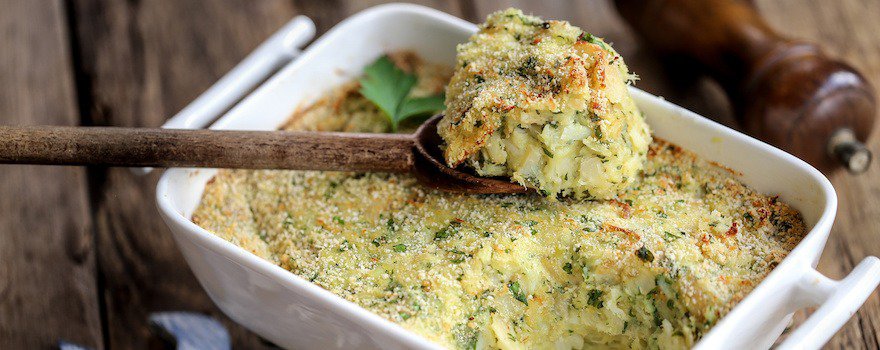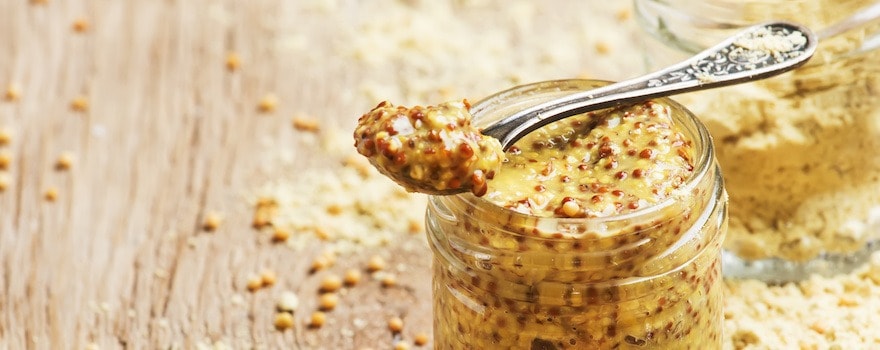Description and function of sodium
Sodium is a mineral element found in its natural state as a soft alkali metal. The symbol for sodium is Na and its atomic number is 11 (periodic table of elements). Sodium is just one component of salt as we know it: sodium chloride. 1 g of salt consists of 600 mg of chlorine and 400 mg of sodium.
Although this element was isolated in 1807 by the English physicist and chemist Sir Humphry Davy, it had been used long before to preserve foods or enhance their flavor.
Sodium is transported by blood plasma. The level of sodium in the blood is called natremia, which can be measured following a blood test.
Normal natremia is between 135 and 145 mmol/L. It is regulated by different hormones, including aldosterone (an adrenal hormone).
Sodium should not be consumed in excess as it can lead to high blood pressure and kidney problems. It plays an essential role in the distribution of water in the body, nerve impulse transmission, and muscle contraction. It is generally associated with potassium (a high intake of potassium causes an increase in salt excretion through urine).
Role of sodium in the body
Sodium performs major functions within the body:
- Nerve impulse transmission, through polarization phenomena (sodium enters and exits the cell membrane)
- Acts on the water-electrolyte balance: the plasma concentration of sodium regulates intra- and extracellular water movements, essentially managing the internal and external water balance of body cells.
- Involved in muscle contraction
- Ensures the maintenance of blood pressure. When blood sodium increases, blood pressure increases. When it decreases, blood pressure decreases as well. Maintaining normal natremia is crucial to avoid excessive fluctuations of this vital parameter.
Signs of sodium deficiency
Sodium deficiencies or hyponatremia (natremia < 135 mmol/L) can occur following chronic diarrhea, repeated vomiting, insufficient dietary intake, inadequate compensation, especially among athletes, who lose a lot of sodium through sweat. The physical symptoms of this condition are:
- Loss of muscle tone
- Lowered blood pressure, potentially hypotension
- Cramps
- Dehydration, confusion
- Loss of appetite (especially in the elderly)
Natremia is a biological factor regularly monitored in routine check-ups due to its impact on health. A simple blood test is enough to check this parameter: it’s the blood ionogram.
Recommended daily needs
Table salt provides about 20% of the daily sodium needs. The remaining intake is met through the consumption of foods that have been previously salted. The sufficient daily sodium needs are as follows:
- Infants aged 0 to 6 months: 120 mg/day
- Infants aged 7 months to one year: 370 mg/day
- Children aged one to 3 years: 1,000 mg/day
- Children aged 4 to 8 years: 1,200 mg/day
- Children aged 9 to 13 years: 1,500 mg/day
- Adolescents aged 14 to 18 years: 1,500 mg/day
- Men and Women (18 to 50 years): 1,500 mg/day
- Seniors (> 50 years): 1,300 mg/day, then 1,200 mg/day, from 70 years
To limit cardiovascular risks caused by excessive salt consumption, the WHO recommends not consuming more than 5 g of salt per day. Note that the French consume more salt than their European neighbors!
Since 2011 in France, as part of the National Nutrition Health Program, it is recommended not to exceed a consumption of more than 8 g of salt per day for men and 6.5 g of salt per day for women and children, which corresponds to 3,200 mg and 2,600 mg of sodium per day, respectively.
Symptoms of sodium overdose
Sodium excess or hypernatremia (level > 145 mmol/L) is generally due to excessive intake. Its impact on the body is concerning. Symptoms of sodium overdose include:
- Increased blood pressure, potentially hypertension
- Formation of kidney stones
- May favor osteoporosis by causing bone decalcification
- Damage to the gastric mucosa. According to the National Cancer Institute, excess sodium increases risk factors for infections and gastric ulcers, as well as the risk factors for stomach cancer.
Note: The renal system of young children (under 3 years) is immature and cannot quickly eliminate excess sodium. Additionally, their blood pressure is linked to daily salt intake. It is important to lightly salt their foods during preparation to avoid sodium overdoses, especially in young children.
Top 5 Foods Highest in Sodium
To benefit from sufficient sodium intake or avoid excess, prioritize a diet based on unprocessed products and self-cooking. Indeed, store-bought foods are generally supplemented with salt. Here is our list of sodium-rich foods.
Soy Sauce

A major ingredient in Chinese cuisine, soy sauce ensures daily sodium intake. Its Na content is about 6,260 mg per 100 g. It is therefore necessary to use it in small amounts.
Soy sauce is low in calories, and a basic ingredient for making light vinaigrettes or marinades for meat. It adds a salty flavor to soups, creams, or other broths. Just add a few drops to the cooking water.
Cod

Cod is salted for preservation, thus making it a sodium-rich food. Its Na content is 2,320 mg per 100 g.
Cod requires preparation time. It must be desalted beforehand by soaking it for several hours in water. A cod brandade can then be prepared, a hearty dish, or cod fritters (Caribbean beignets) that should be served hot, preferably as an appetizer.
Cured Ham or Smoked Ham

Cured ham is a food with an interesting sodium content (2,300 mg per 100 g). Low in calories, it can be served as a main dish or an appetizer.
Cured or smoked ham is perfect for preparing composed salads. Served with melon, it makes for fresh and tasty starters.
Smoked Salmon

Smoked salmon is also a sodium-rich food. This is due to how it is prepared. It is salted before being “cooked” with smoke.
It can be served as an appetizer, accompanied by lemon fillets and grilled toast. However, since it is a fatty fish, it is advisable not to eat it more than twice a week.
Mustard

Mustard is a condiment made with mustard seeds. Low in calories, it has digestive benefits as it stimulates the secretion of gastric juices. Its sodium content is 2,360 mg per 100 g.
Mustard is typically served alongside meats and can also be used to prepare more specific recipes such as mustard chicken.



